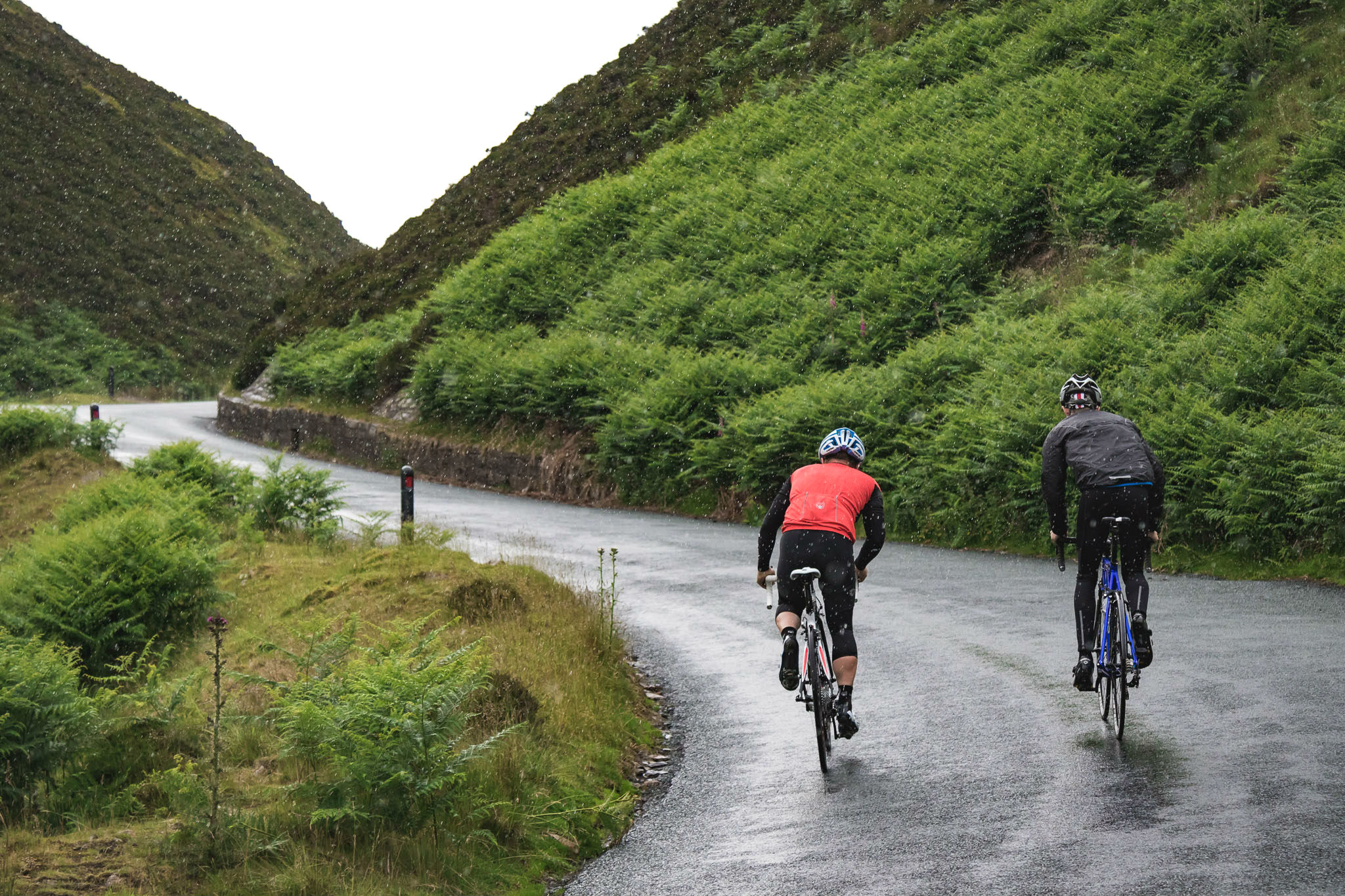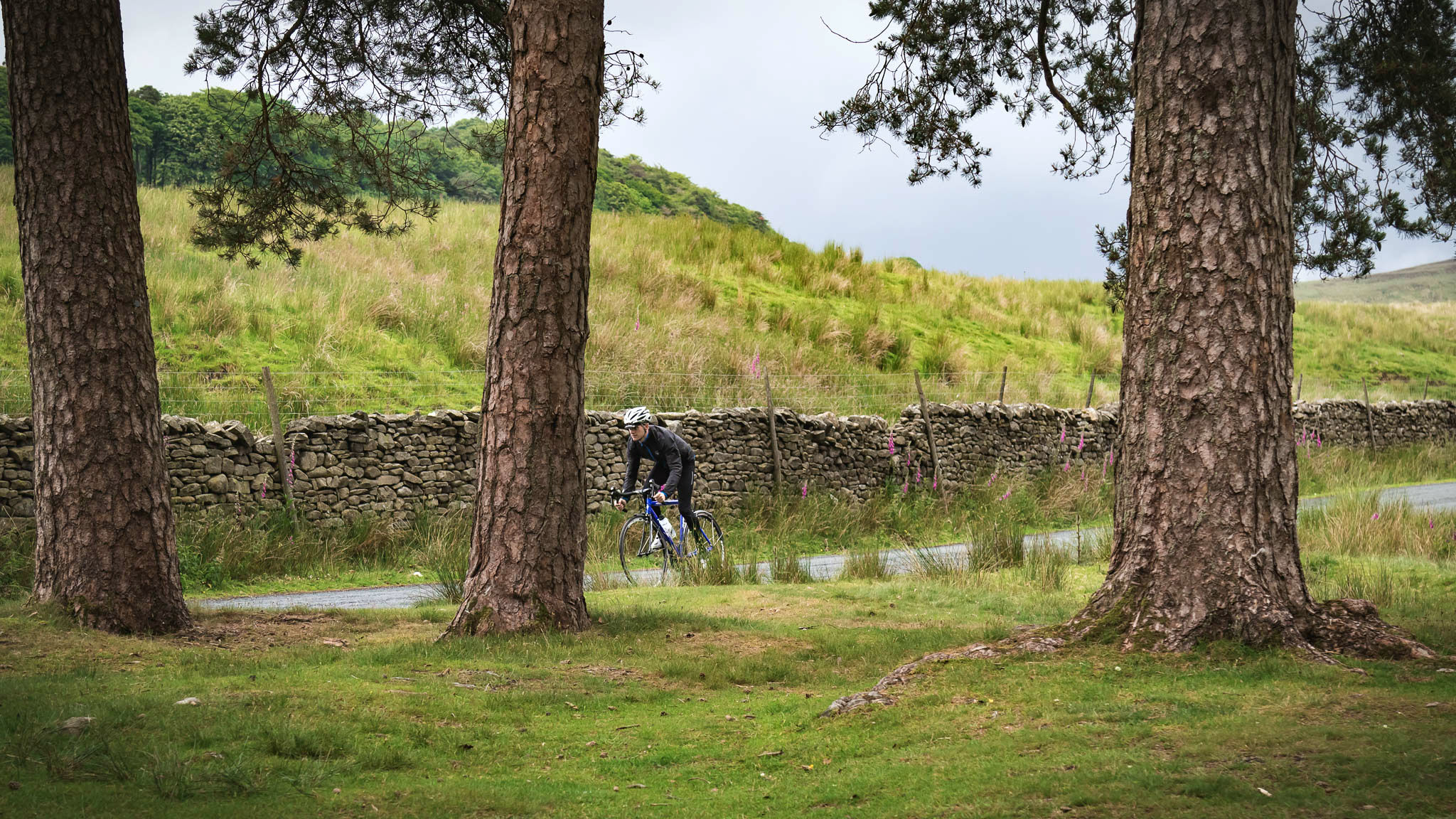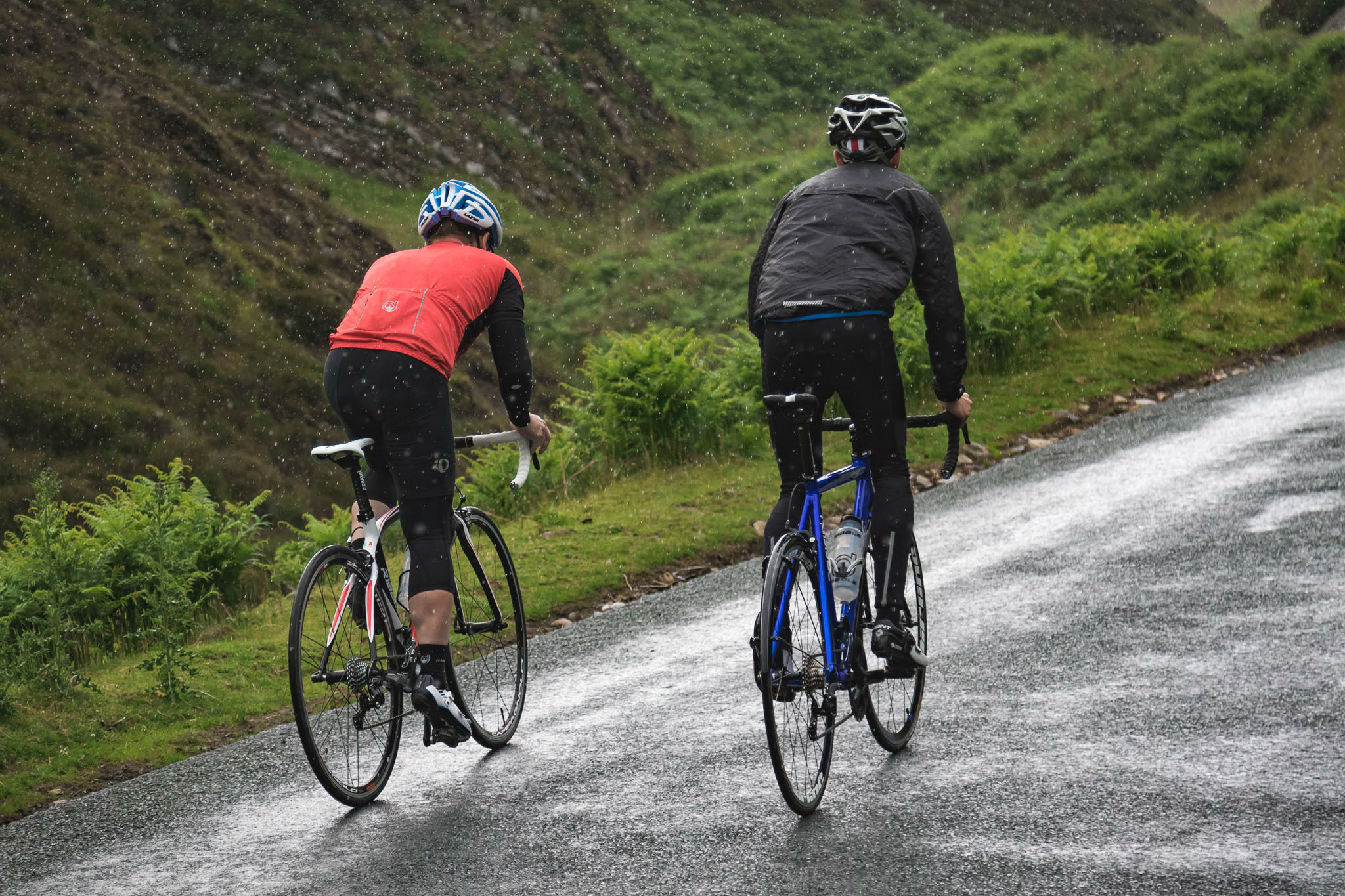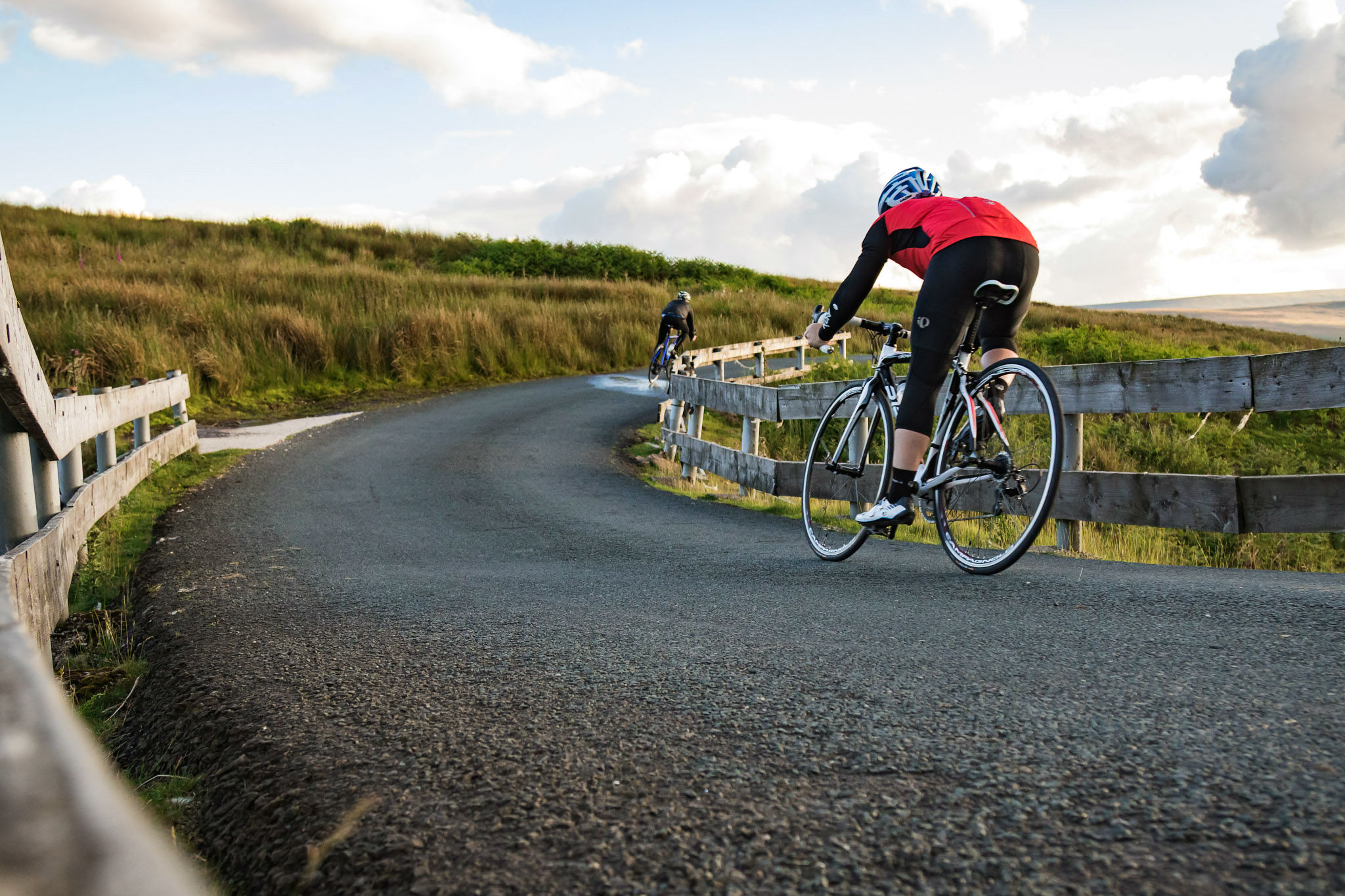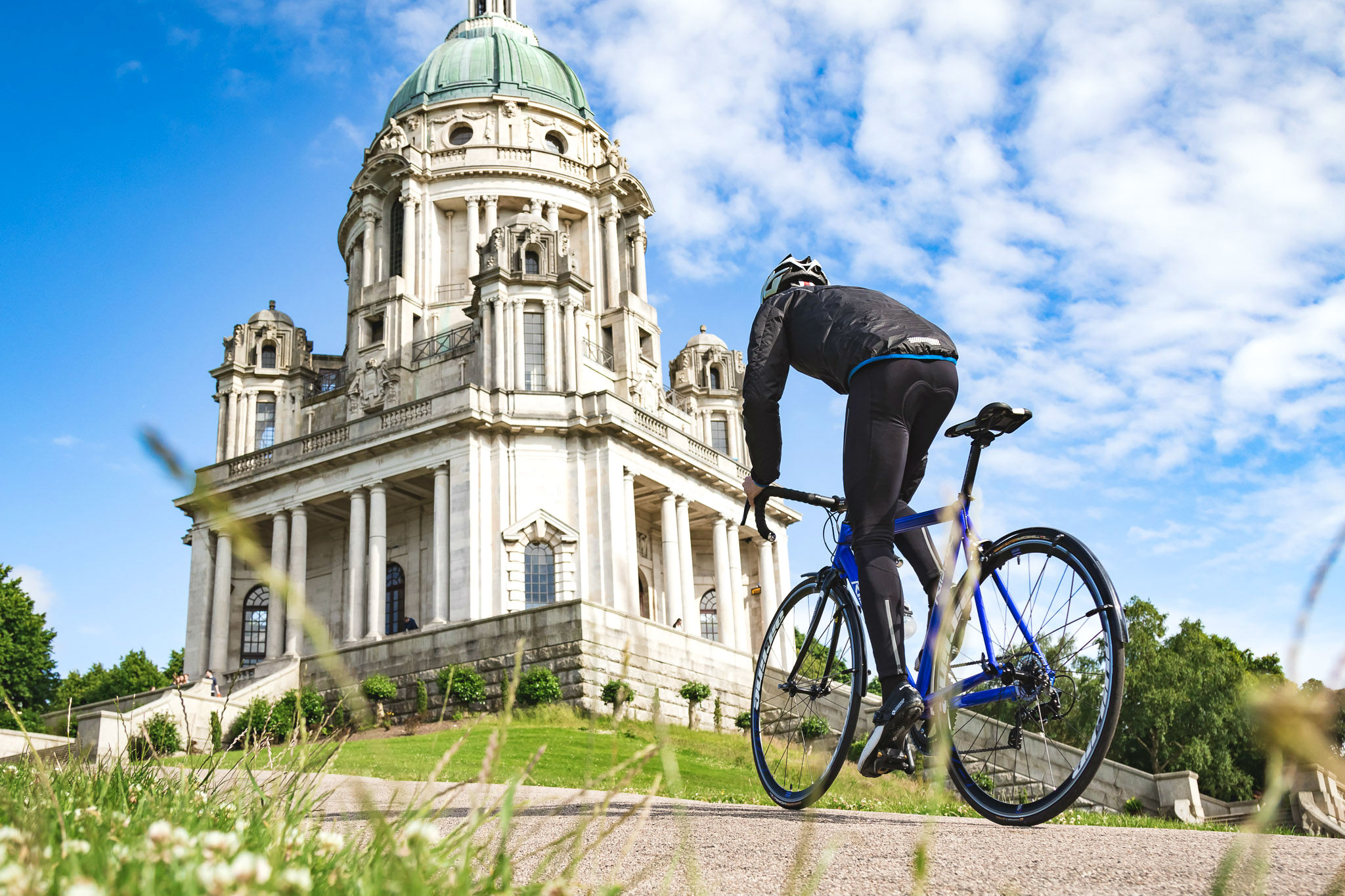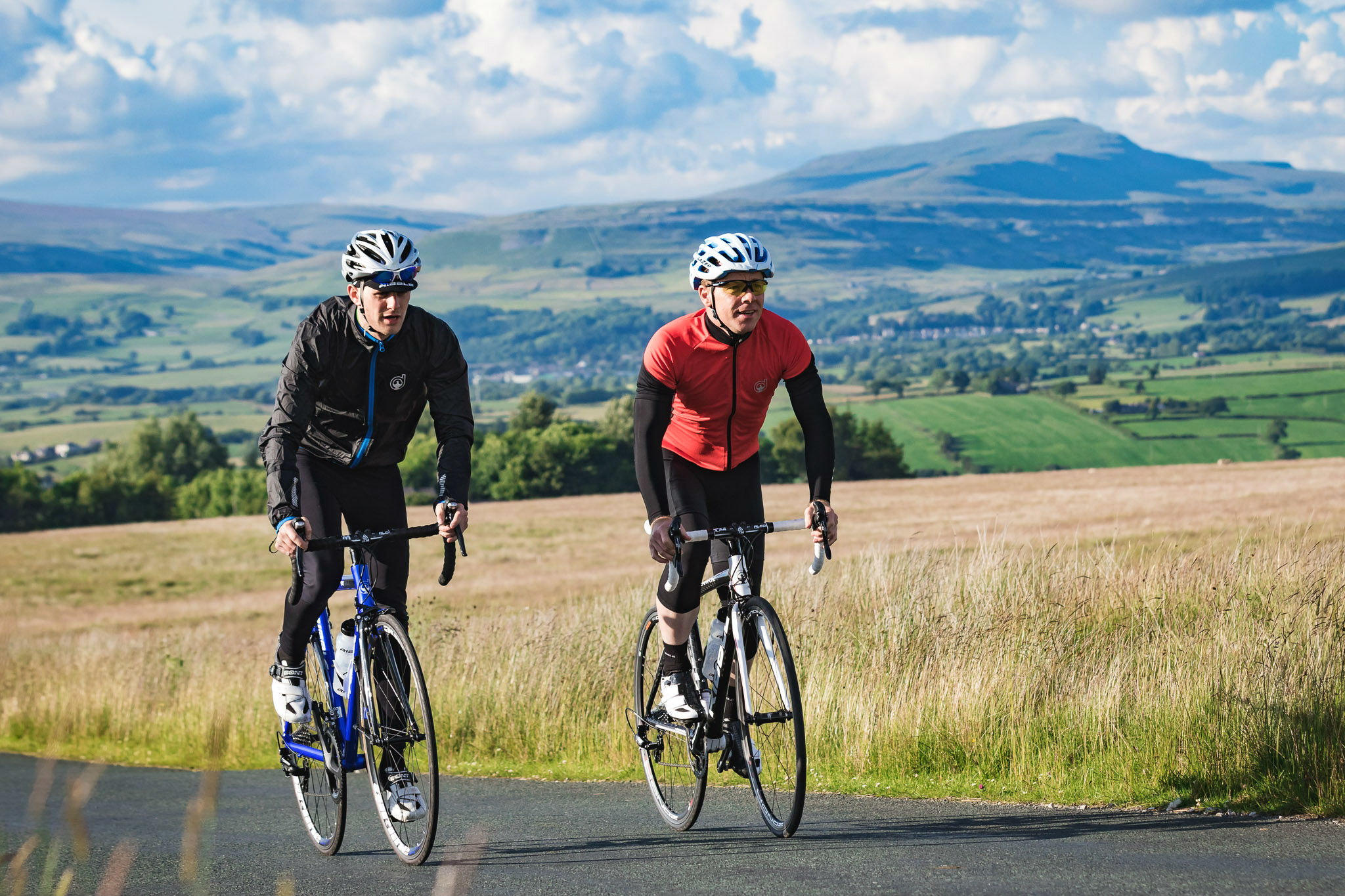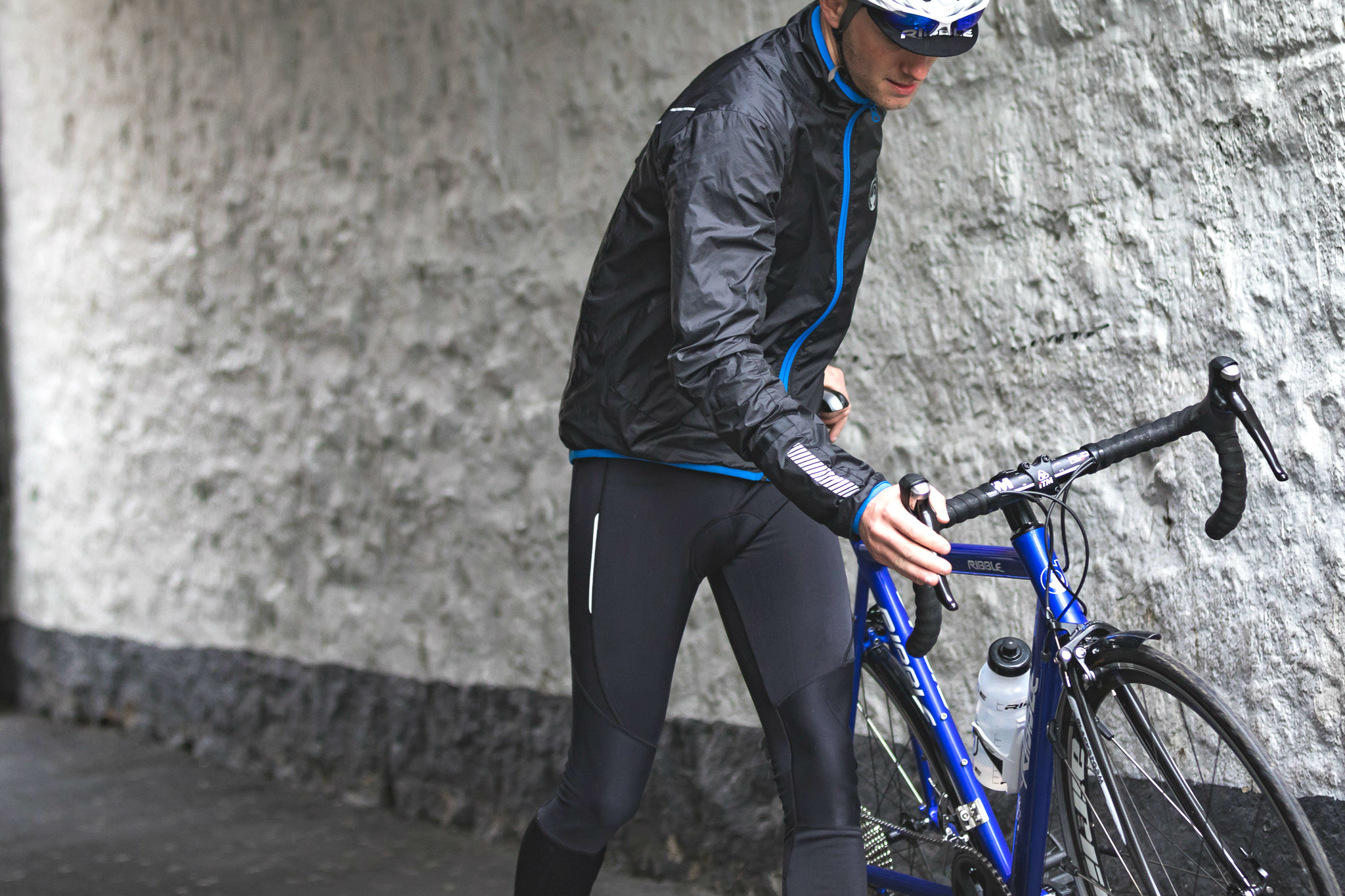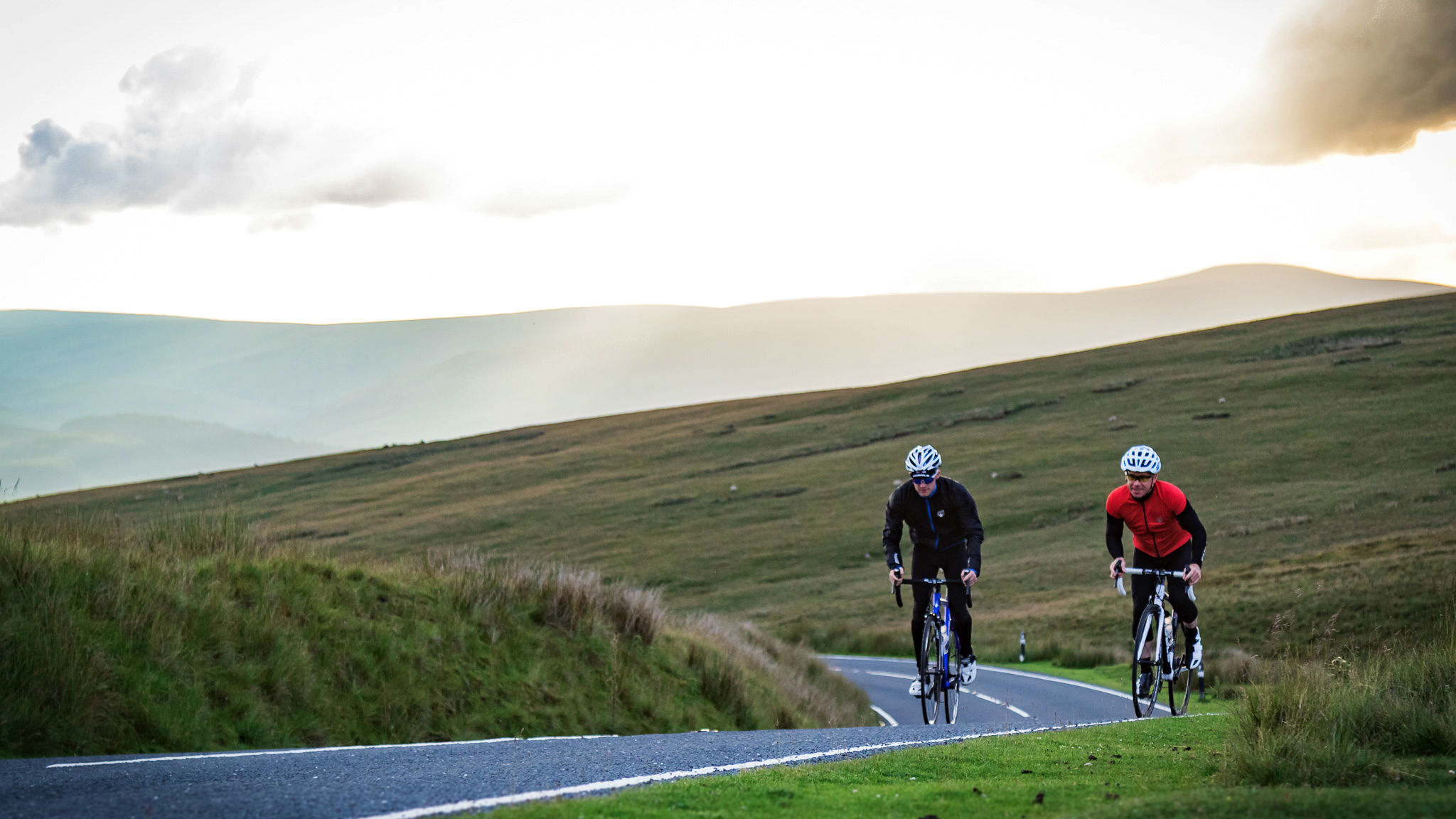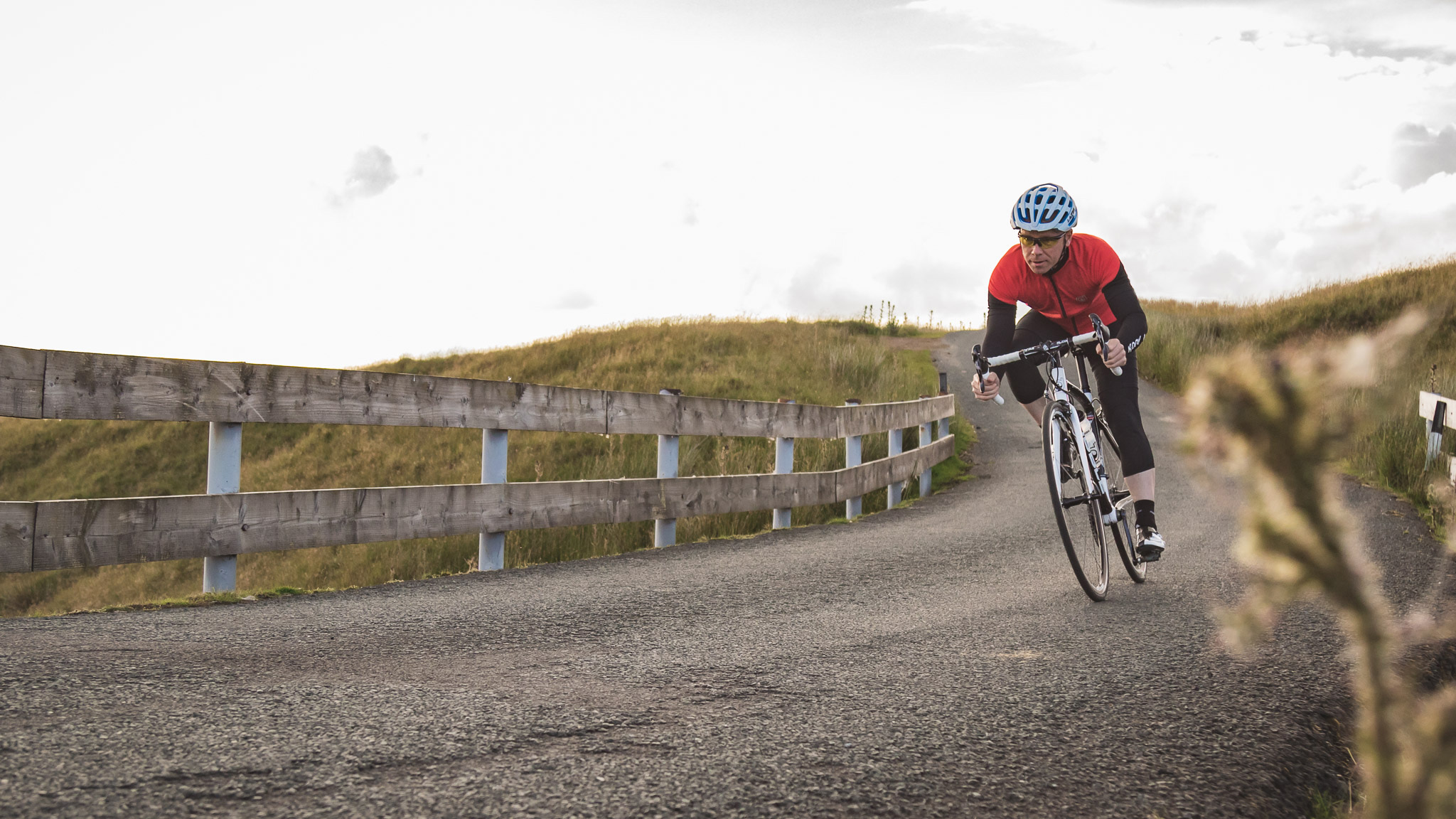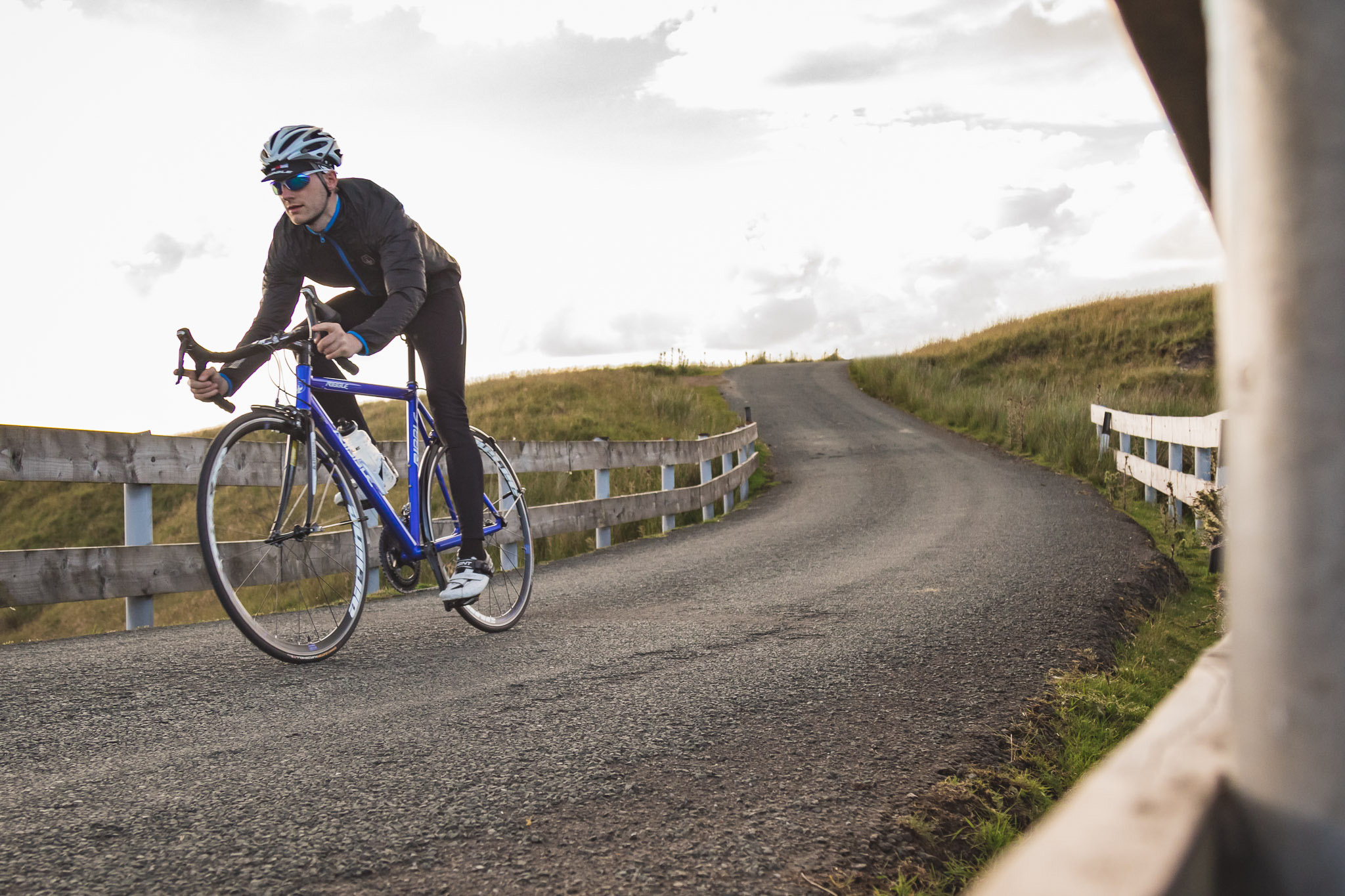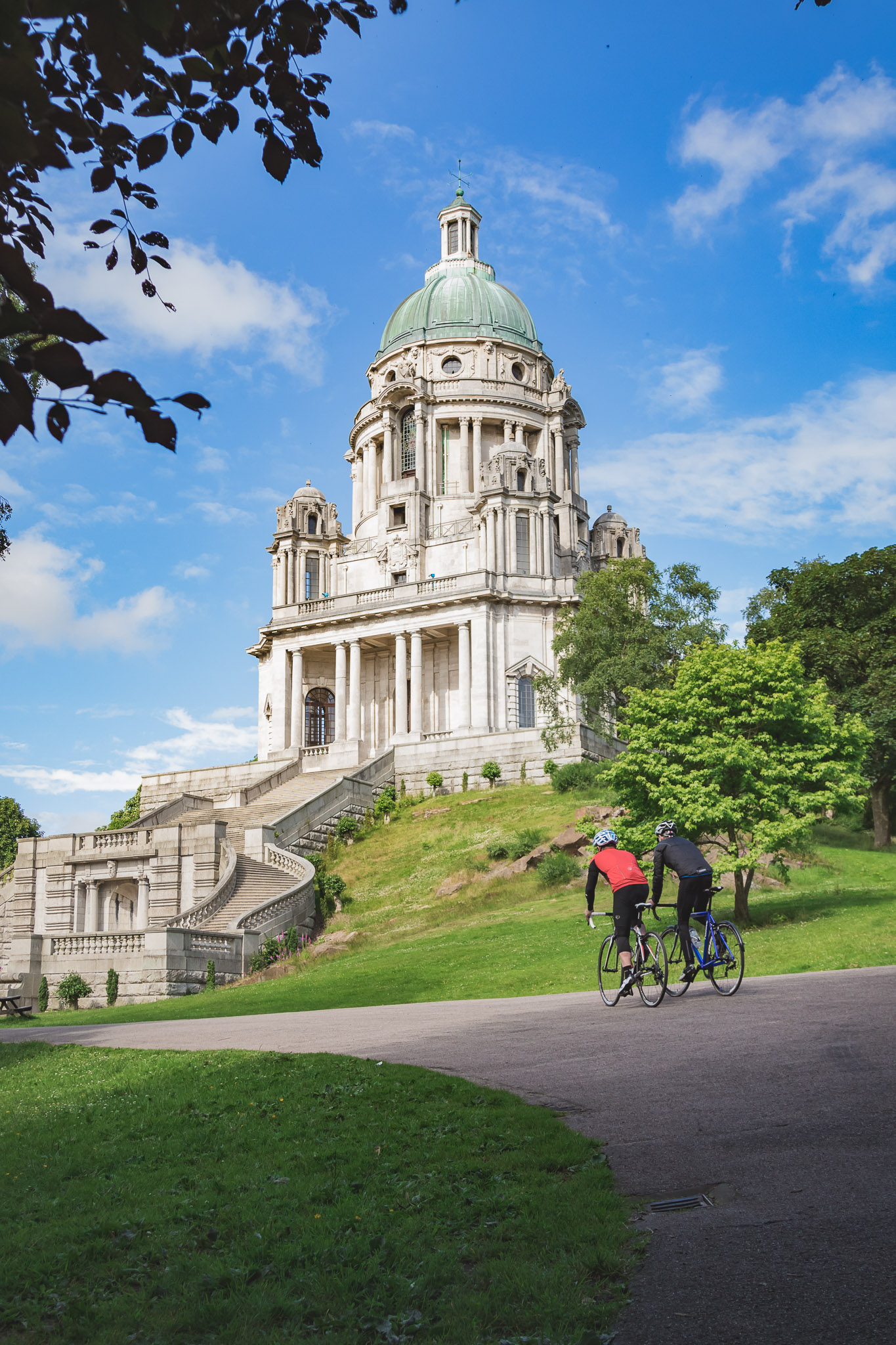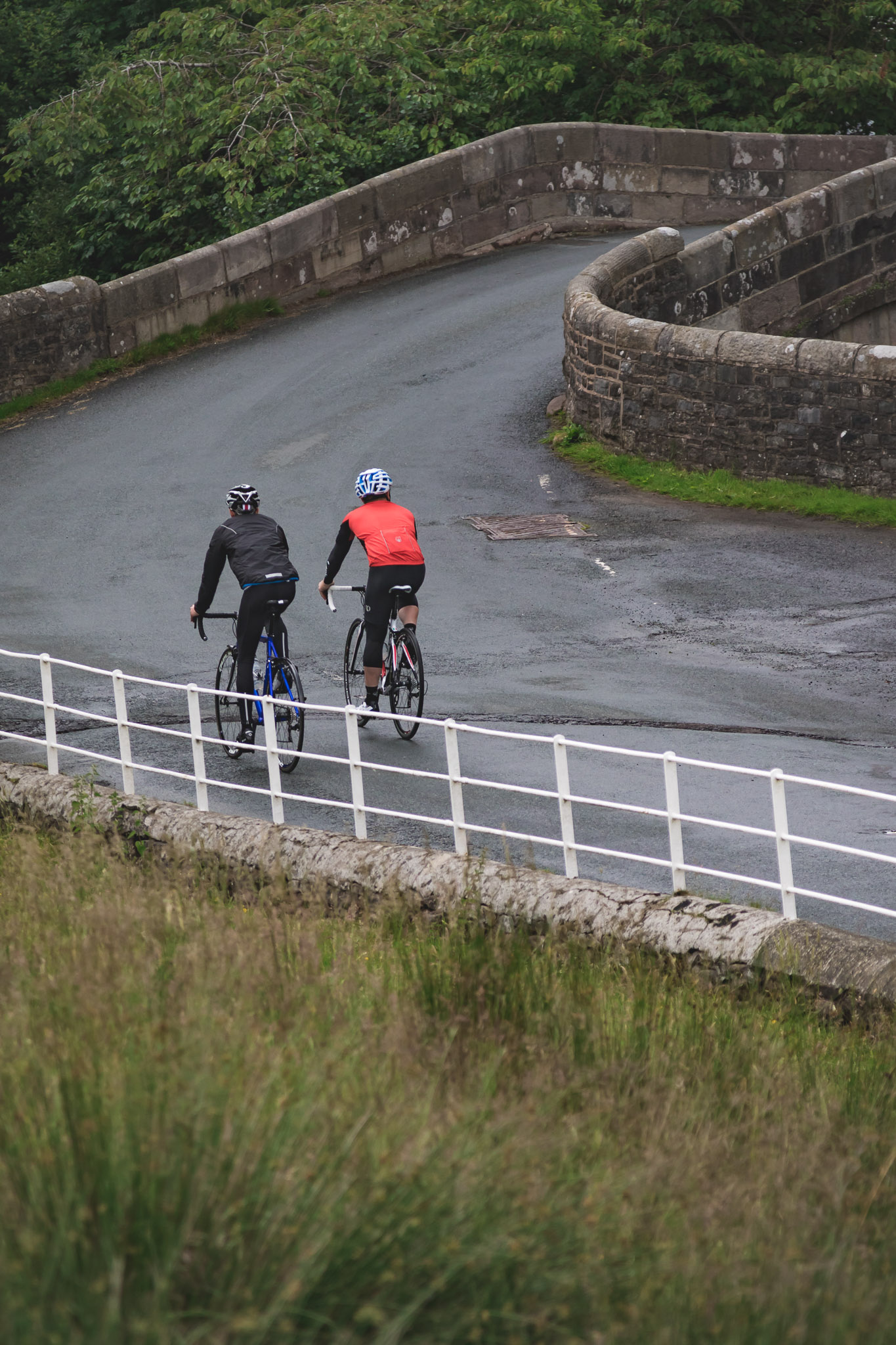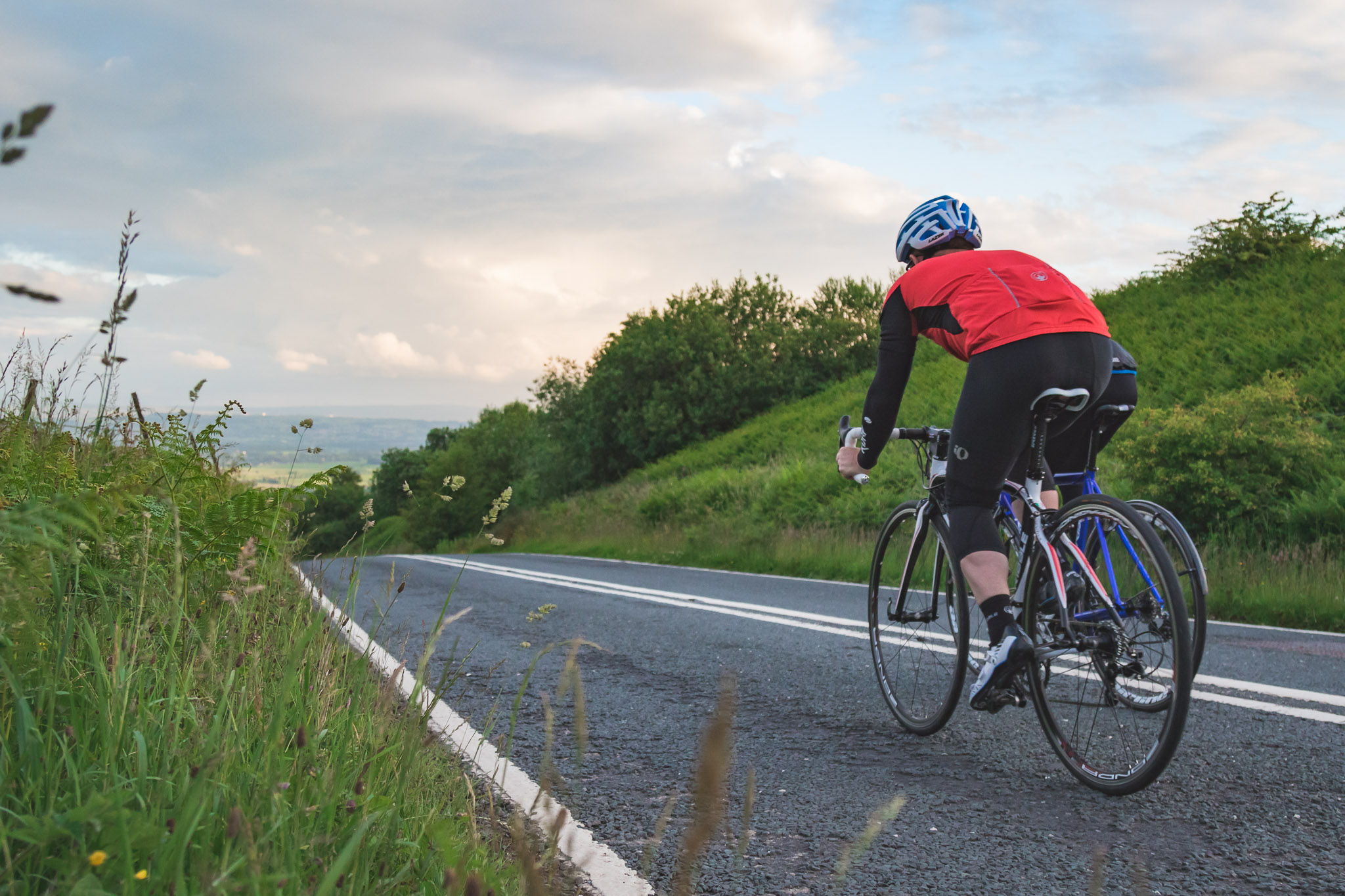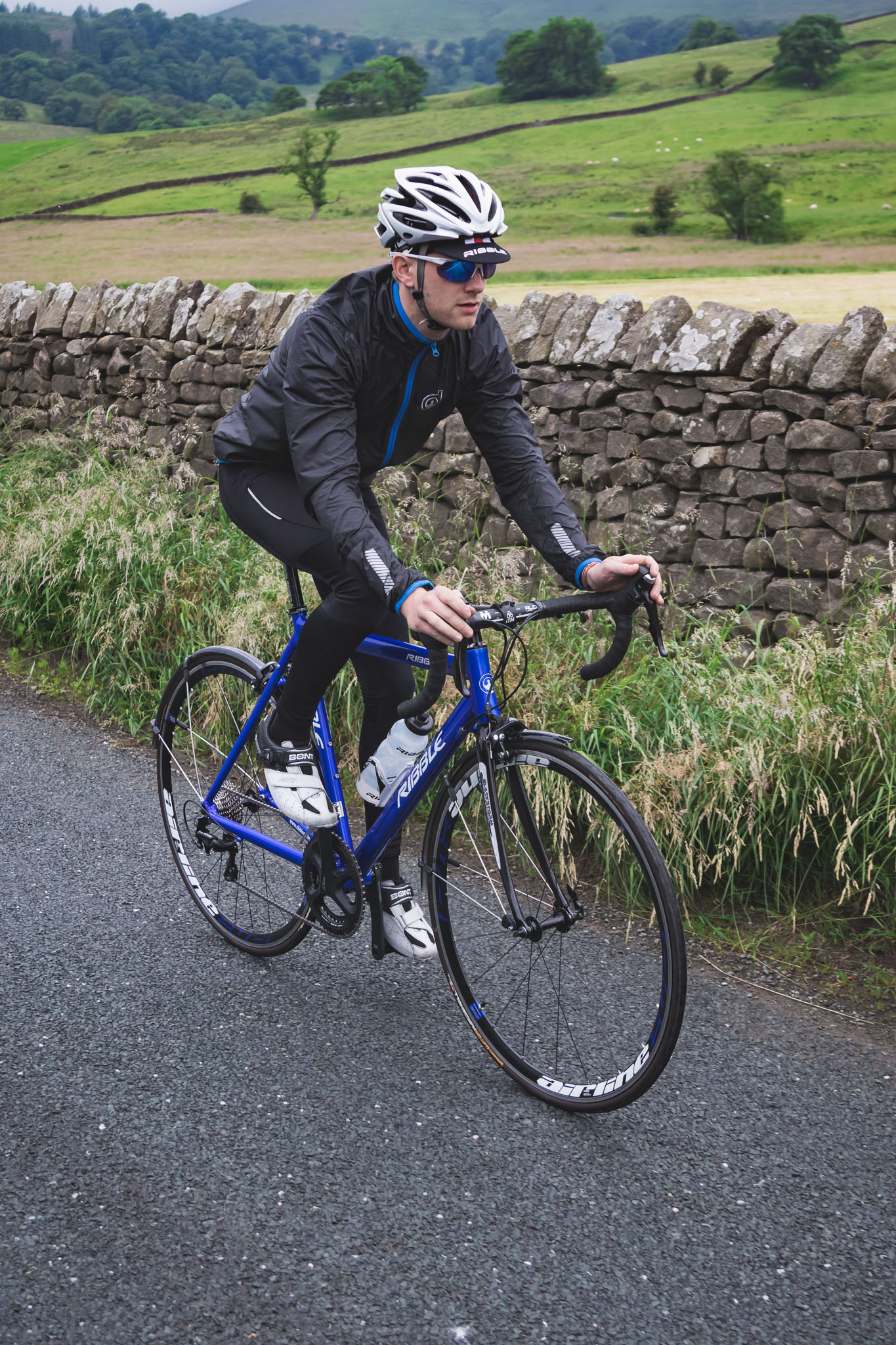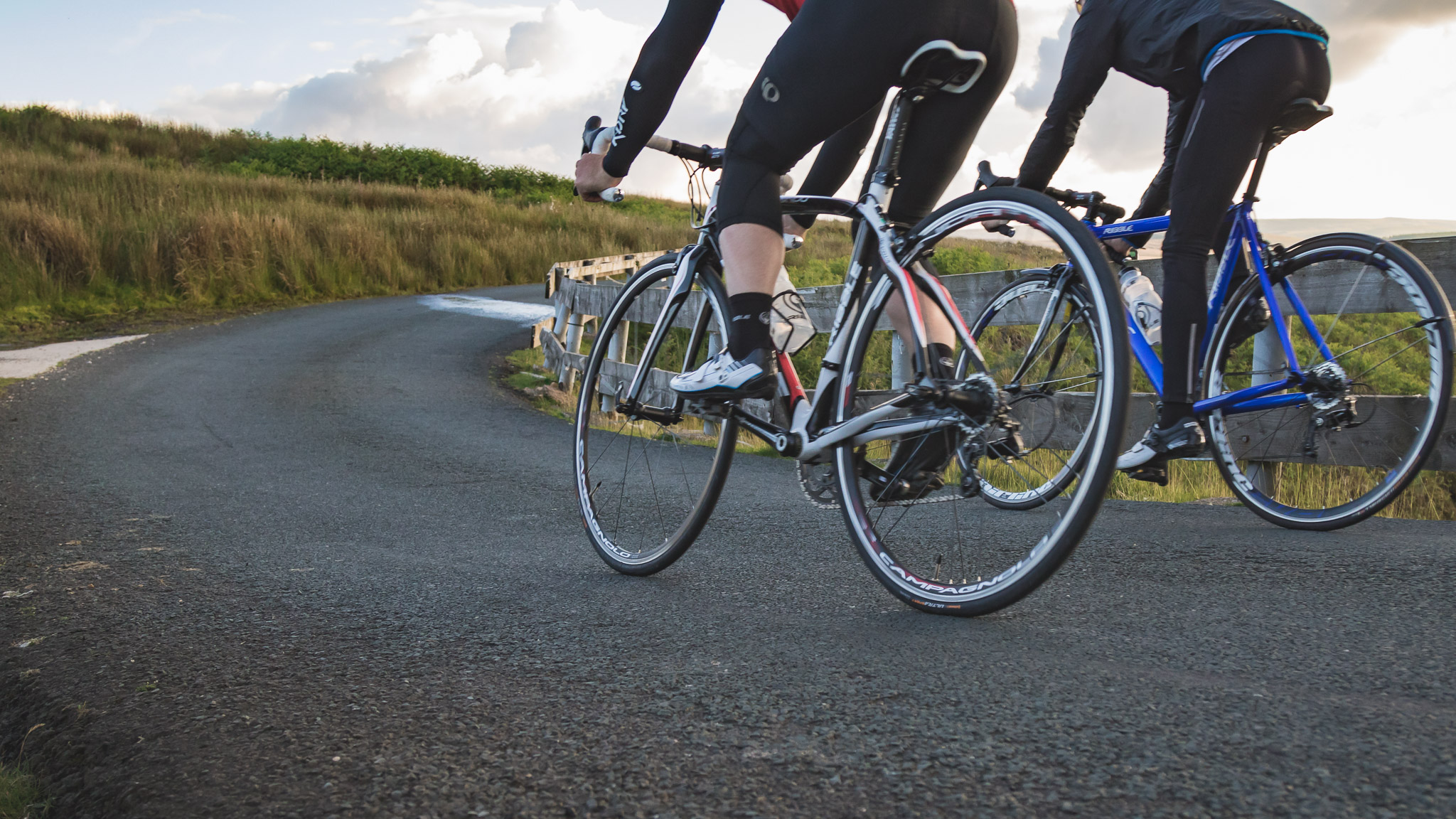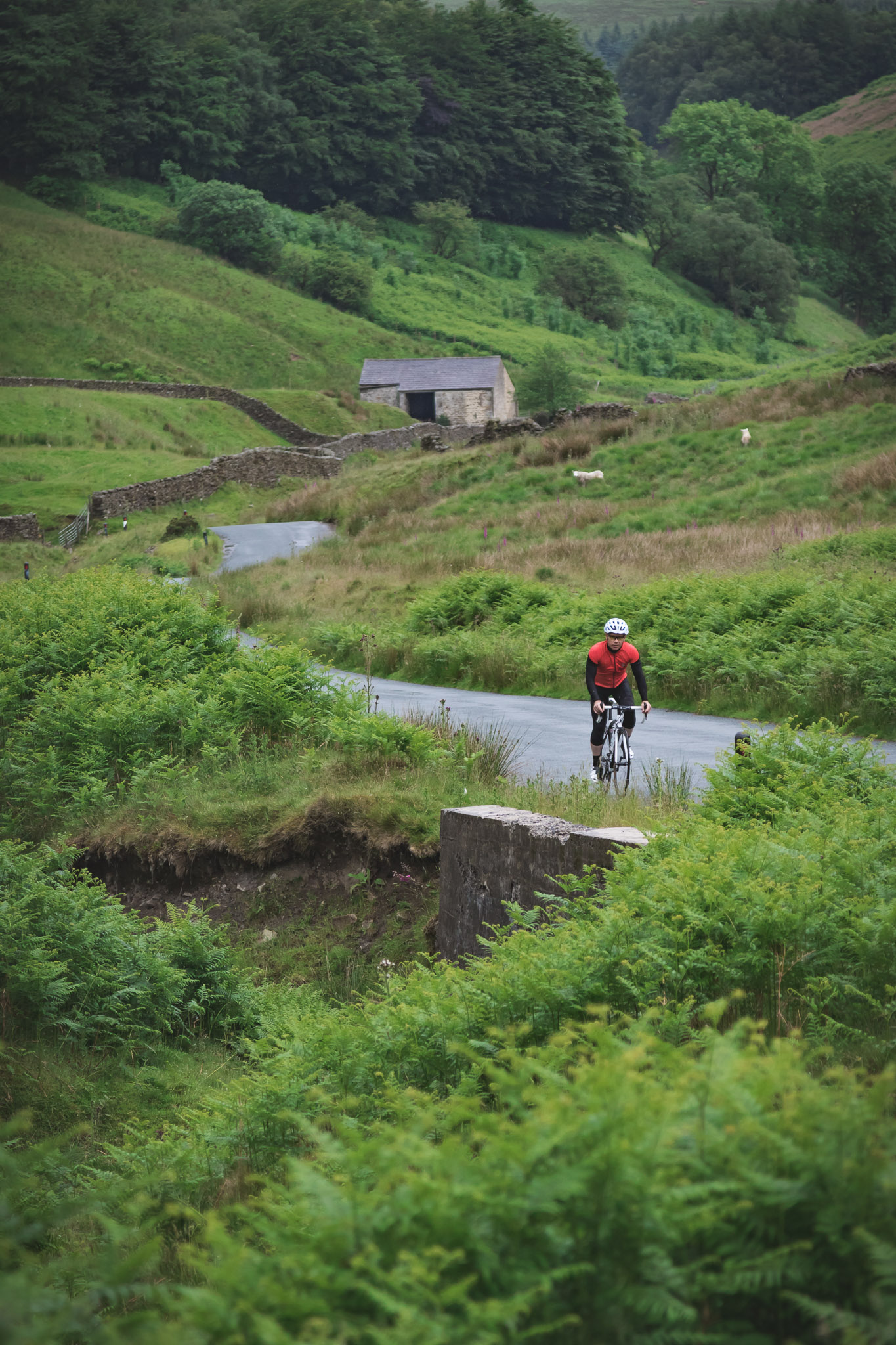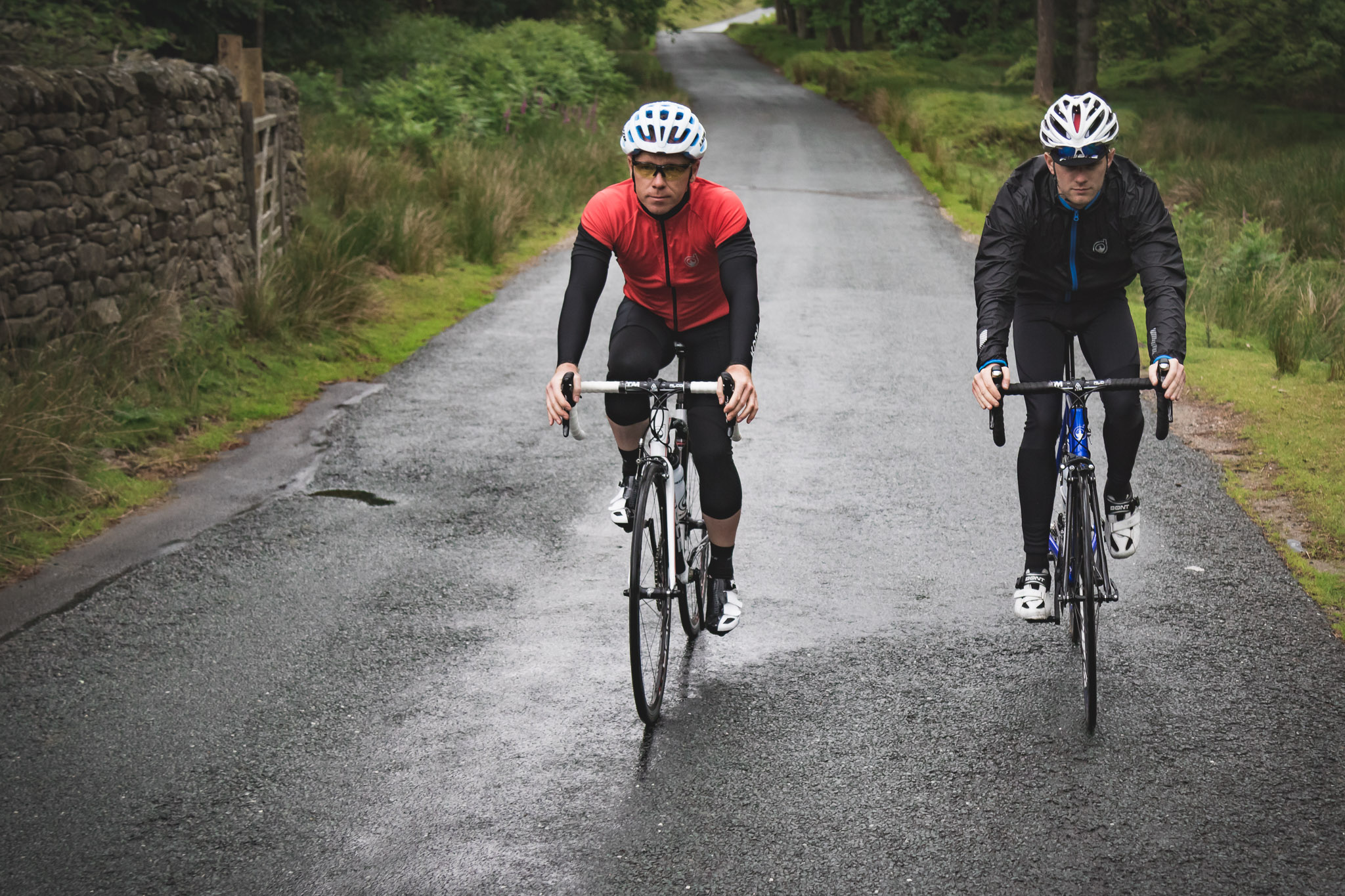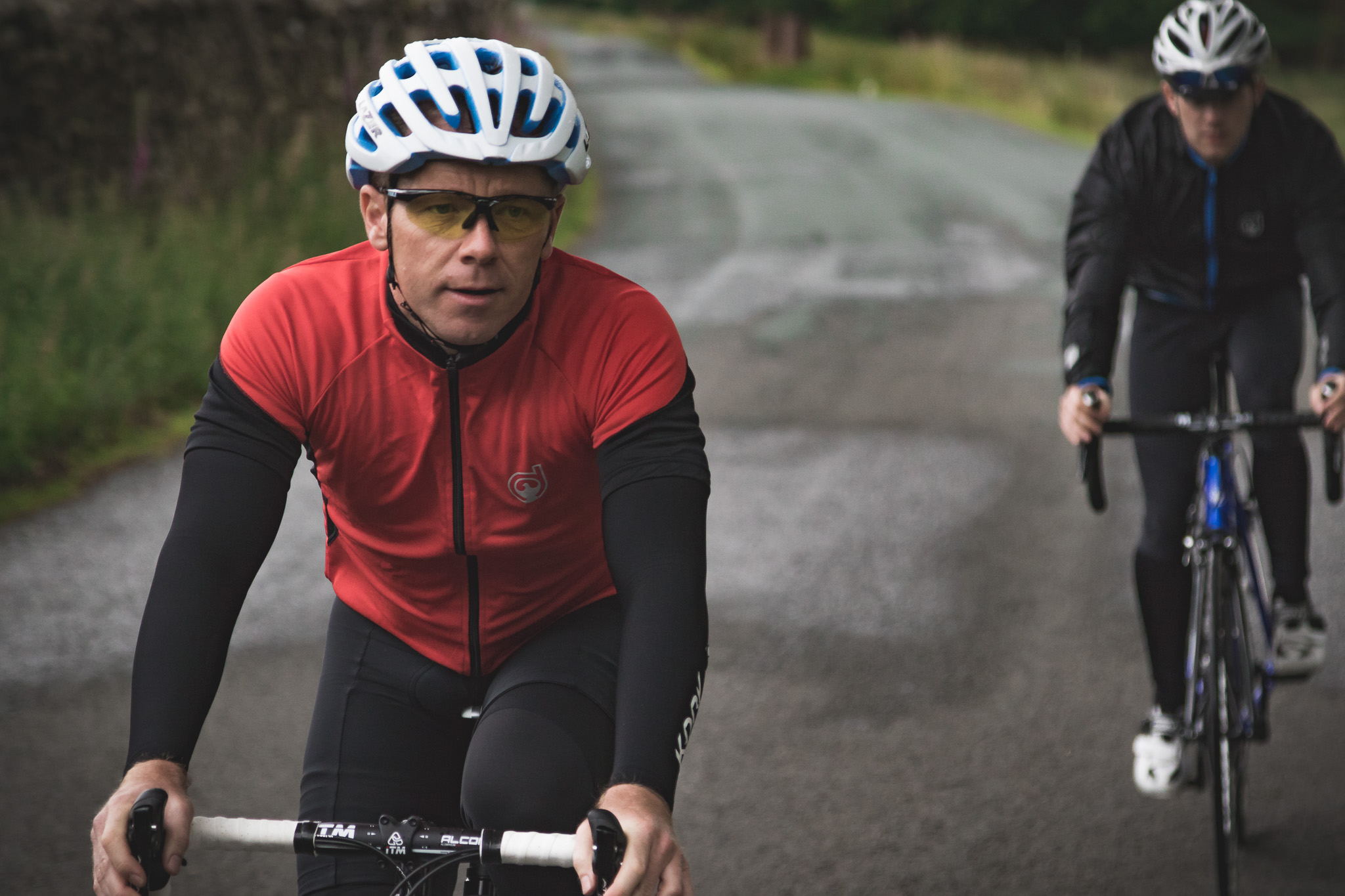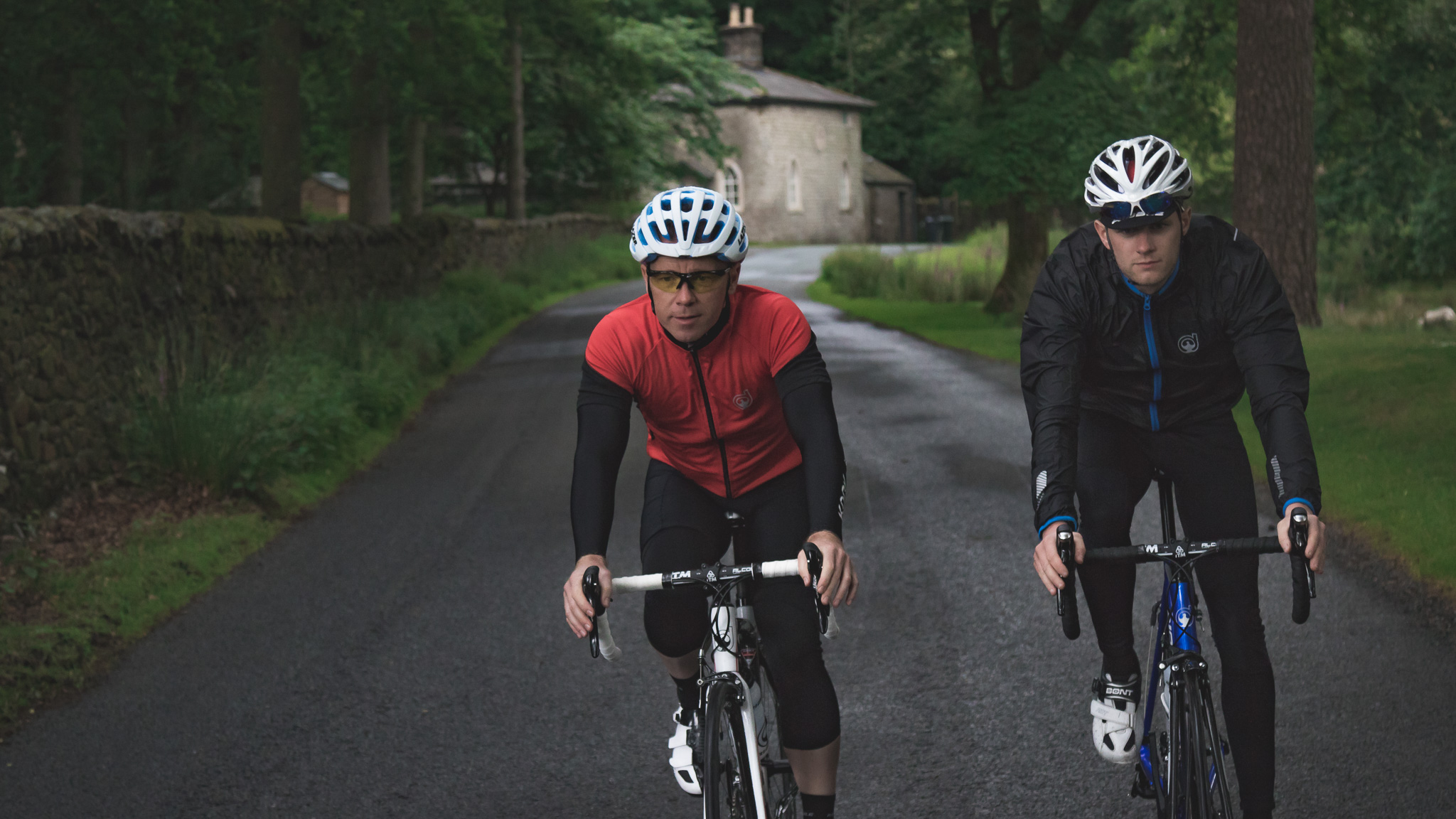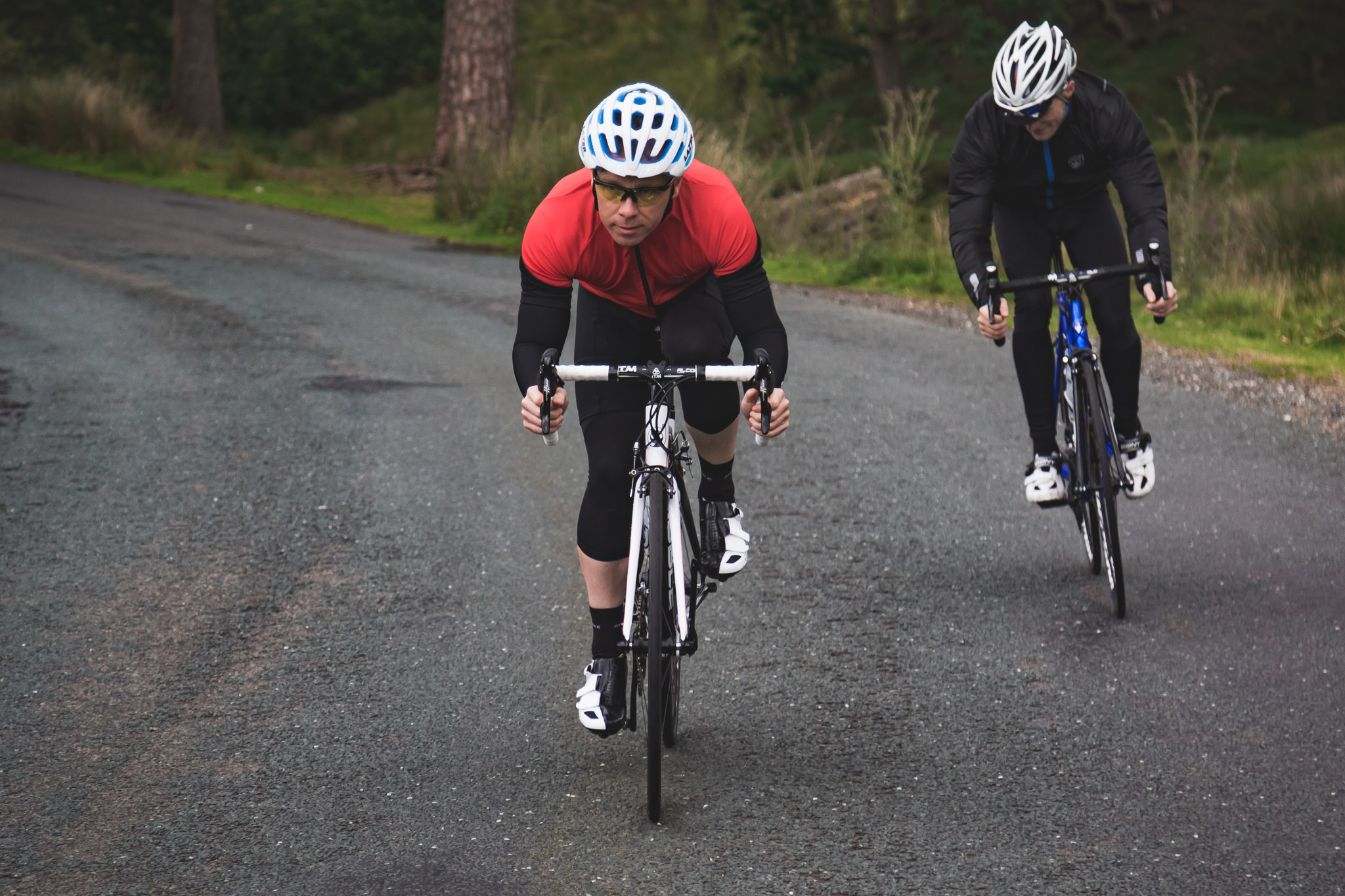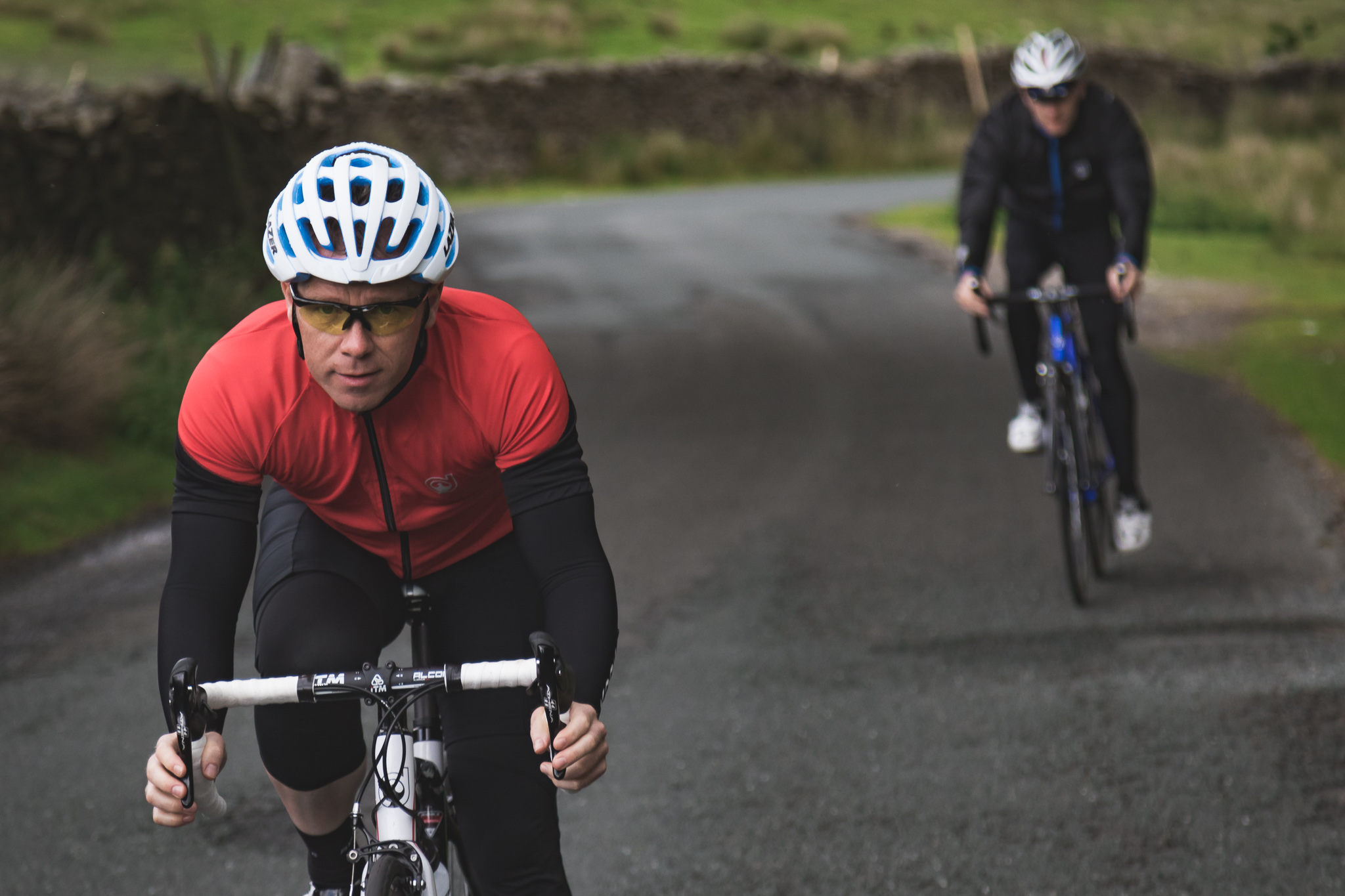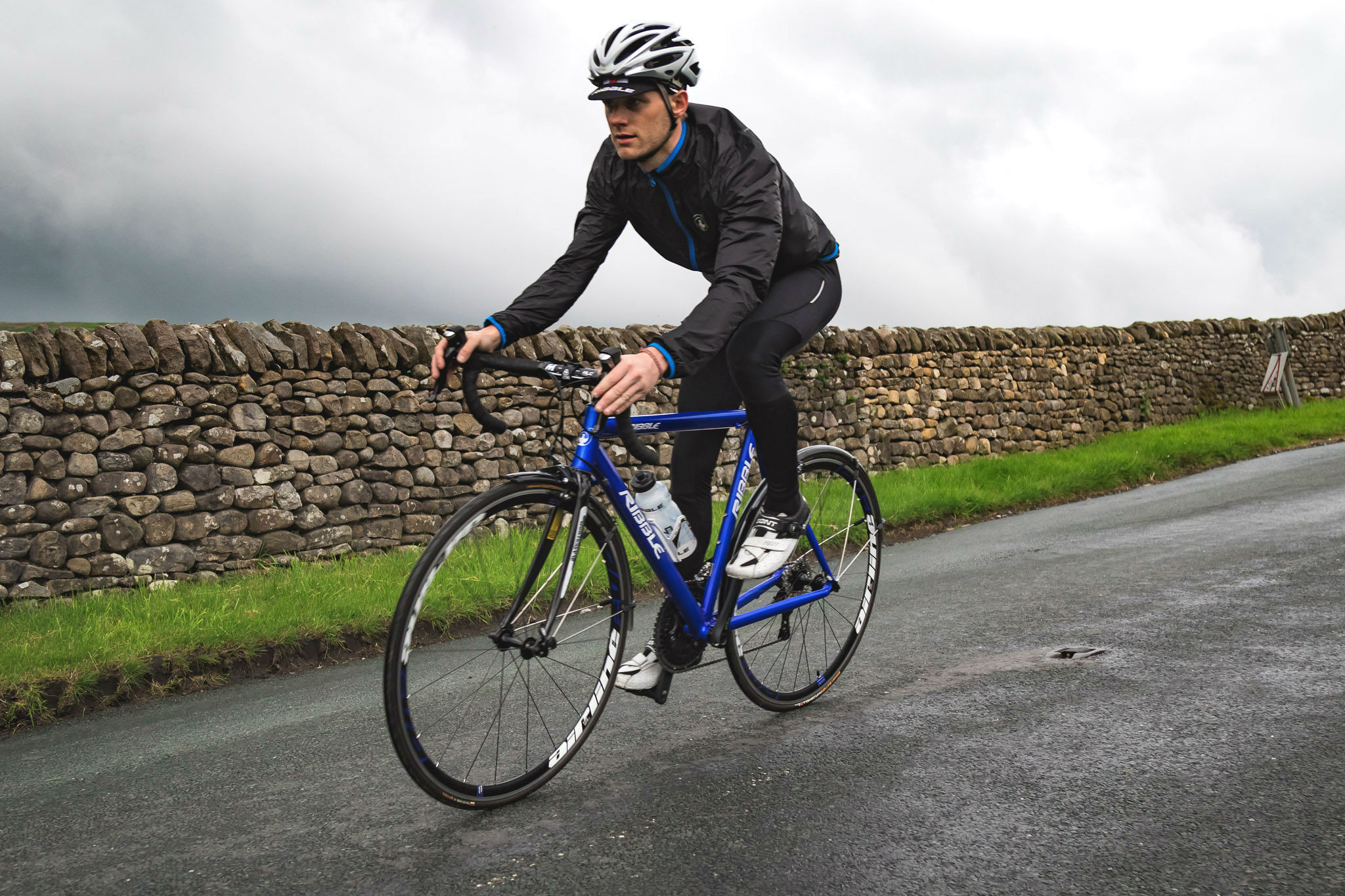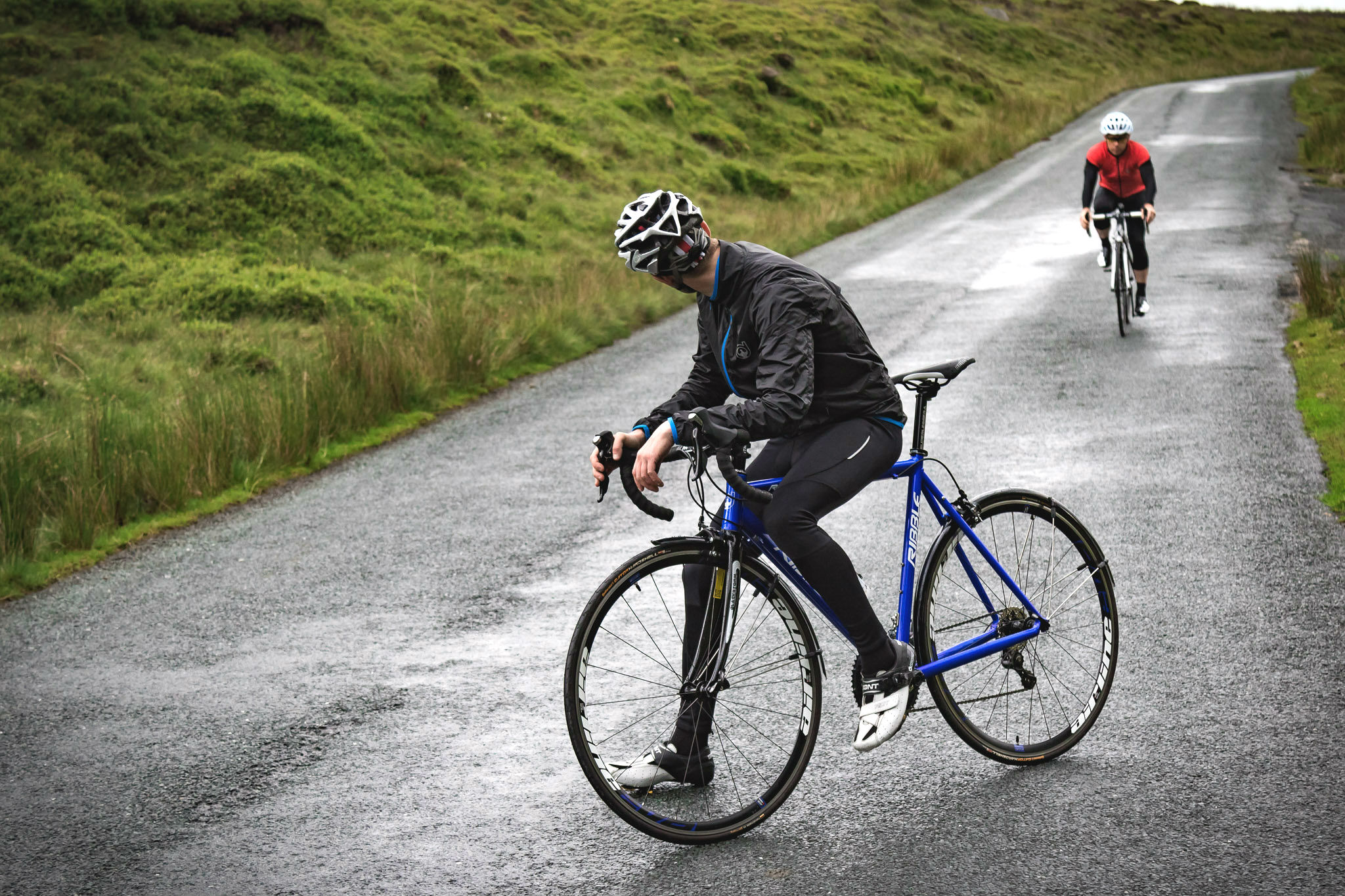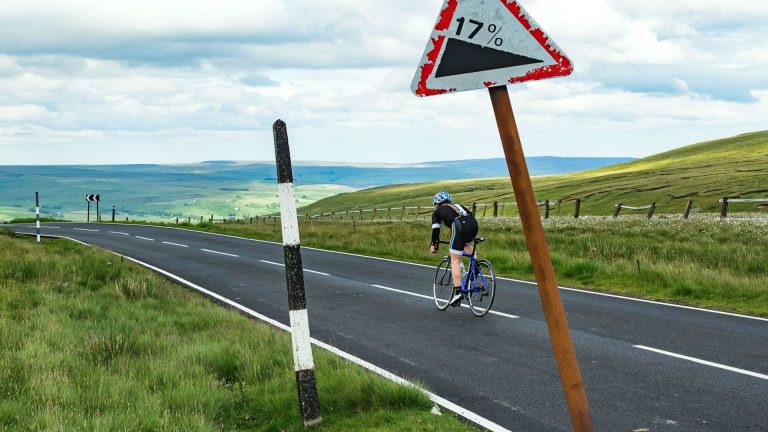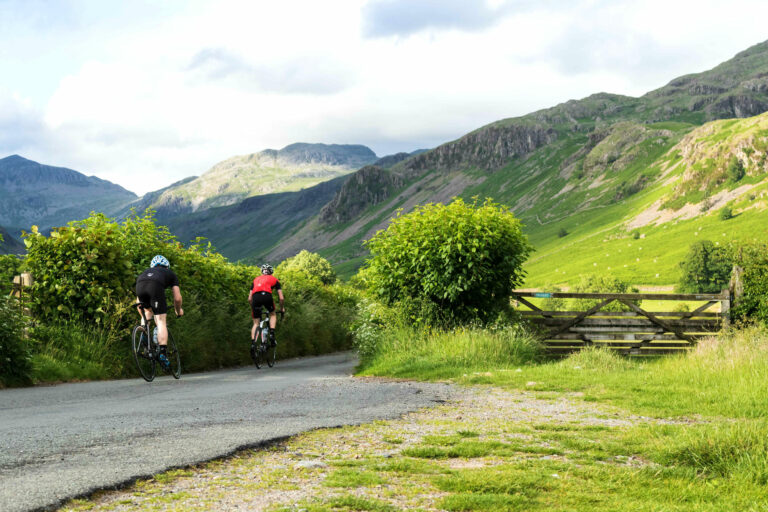- Distance 83 miles
- Total ascent 6,994 feet
- Start/finish Clitheroe
- Highlight Cross of Greet
Where are Tour de France champions made? In the build-up to the 2012 race, Bradley Wiggins trained on the roads of the Forest of Bowland before becoming Great Britain’s first Tour de France winner. It’s easy to see why – the Forest of Bowland, nestled in the north of Lancashire, is prime cycling territory: tough climbs, incredibly lush countryside and quiet roads.
The Forest of Bowland Area of Outstanding Natural Beauty, more commonly referred to as the Trough of Bowland by locals and cyclists, is sandwiched between the Yorkshire Dales and the coast, with the M6 motorway marking the western boundary and doing a sterling job of keeping the heavy traffic out of the area. Being able to escape from the world and ride on unspoilt lanes is one of the primary draws of the Trough of Bowland – besides the stunning terrain.
Very few roads cross the Trough but that works in its favour as motor vehicles can’t use the forest as a shortcut, so you’re only likely to encounter locals out on the roads. It also means the best way to take in the area is to do a loop of the forest and our ride follows an 83-mile route with 6,994 feet of climbing, starting from the town of Clitheroe (you can see the full route and download a GPS file here).


